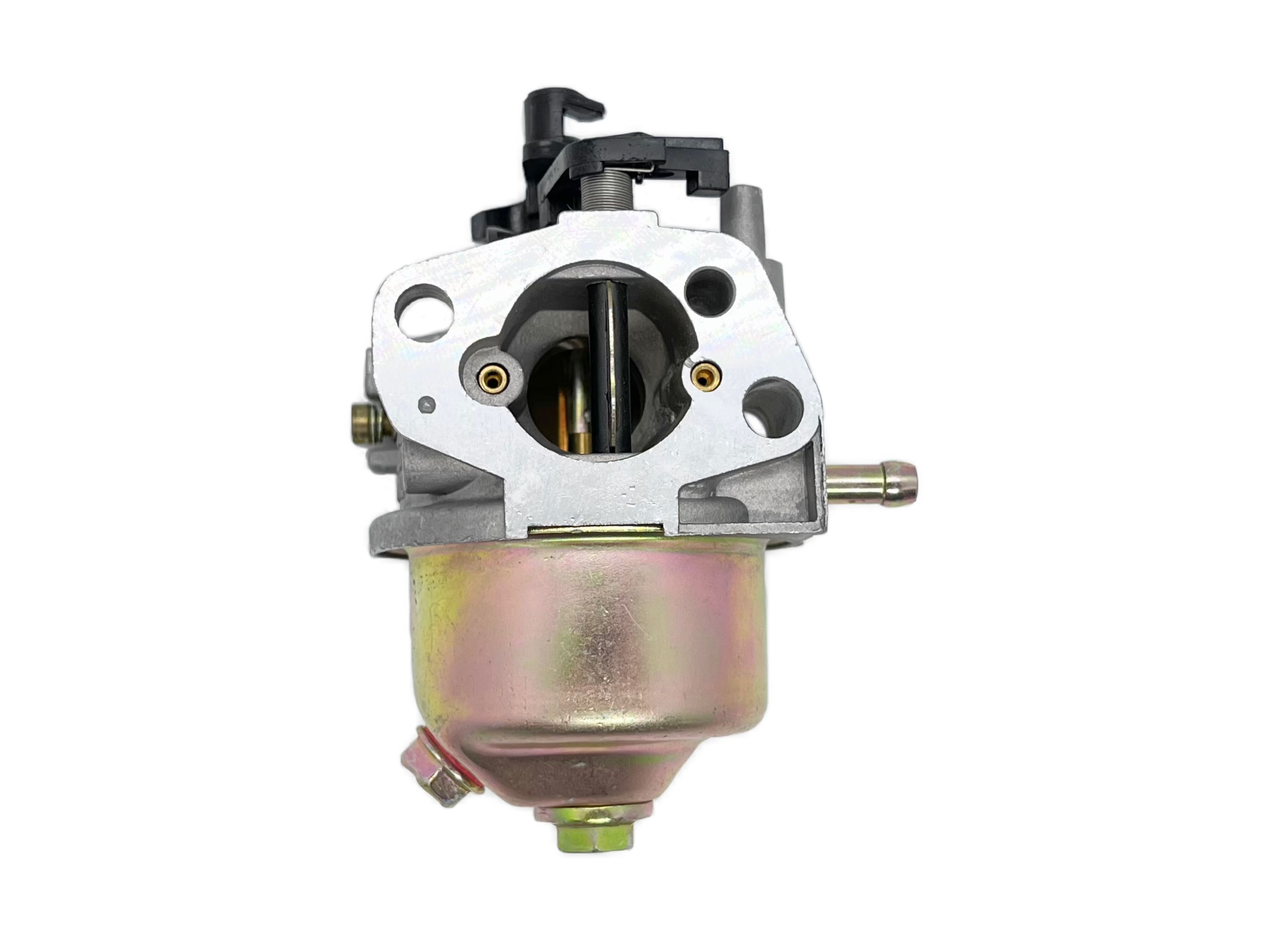Dual Fuel Carburetors: Versatility at Your Fingertips
Introduction: Embracing the Versatility of Dual Fuel Carburetors
Hello gear heads and earth mama's! Have you ever wanted your powerplant to indulge in the juice from different taps, similar to a wine connoisseur? If so, hang on because we are taking a deep dive into dual fuel carburetors. You know, the sort of engine wizards that allow you to change fuels at will. It is a swiss army knife for your engine, one tool many uses. What Are They and Why Do I Care? Let's find out.
How Dual Fuel Carburetors Work: The Fuel-Swapping Sorcery
Well, you've got your engine and you've got a carburetor, correct? This is the bit that mixes air and fuel to get your car going vroom. Well, now imagine that instead of switching between gasoline jets in a carburetor this can switch back and forth between something like gasoline or ethanol on the fly. That's exactly what a dual fuel carburetor does. They have a two-stage fuel delivery system allowing use of two different types of fuels. Plus, they've came up with a clever method of deciding when to switch between the fuels. In other words, a butler - who is on point when it comes to tea or coffee time.
But why would you want this? Ah, but dual fuel carburetors have some things in their favor that single may not be able to touch. They are the chameleons of the engine world, changing with it and its requirements which makes your vehicle more fuel efficient and reliable.
Benefits of Using Dual Fuel Carburetors: Why Go Dual?
Now how about discussing the benefits shall we? First up, fuel efficiency. If you are comfortable using it on your race car (such as E85), a dual fuel carburetor can save you quite a lot of money on fuel costs. Then there's performance. They can also optimize your engines performance across various fuels-- so you wont be running on fumes, an the incorrect fumes at that.
Environmental adaptability is also a biggie. Alright now, it offers a TWO FUEL setup, not just one so you can use whichever fuel is at hand and doesn't factor into the first reason to get out of Dodge or go greener on a whim. Not to mention the affordable quality of some formulas and the convenience. Just as if you had a personal fuel orchestrator, ever so willing to mix things up on your behalf.
Installation and Maintenance of Dual Fuel Carburetors: The DIY Guide
So we know that gallons of blood, sweat and spare time have also gone into the new carb as well so obviously it's gotta be treated like a baby. But fear not, because dual fuel carburetors are compatible with many existing systems, so you can often drop and go. Installation is a breeze and with a little bit of maintenance you can help keep your engine purring like a fat, happy cat.
But what if things go wrong? But that is where your troubleshooting skills come in. Like having a mechanic on speed dial to help you figure out what the heck is in there under that hood when something goes wrong.
Conclusion: The Future-Proof Fuel Solution
So, there you have it—a crash course into dual fuel carburetors. It's not your run-of-the-mill cool tech toy, it's a smart buy for anyone who is looking to future-proof their engines. What they do provide is versatility, capability, and security — the peace of mind that your vehicle will be able to take whatever fuels life throws at it.
This week, a look at dual fuel carburetors, saving the day while battling wildly fluctuation prices just like ever-changing weather. That way, the next time you open your hood, go with a dual fuel system. It's as if you were giving superpowers to your engine — why not, yes.











